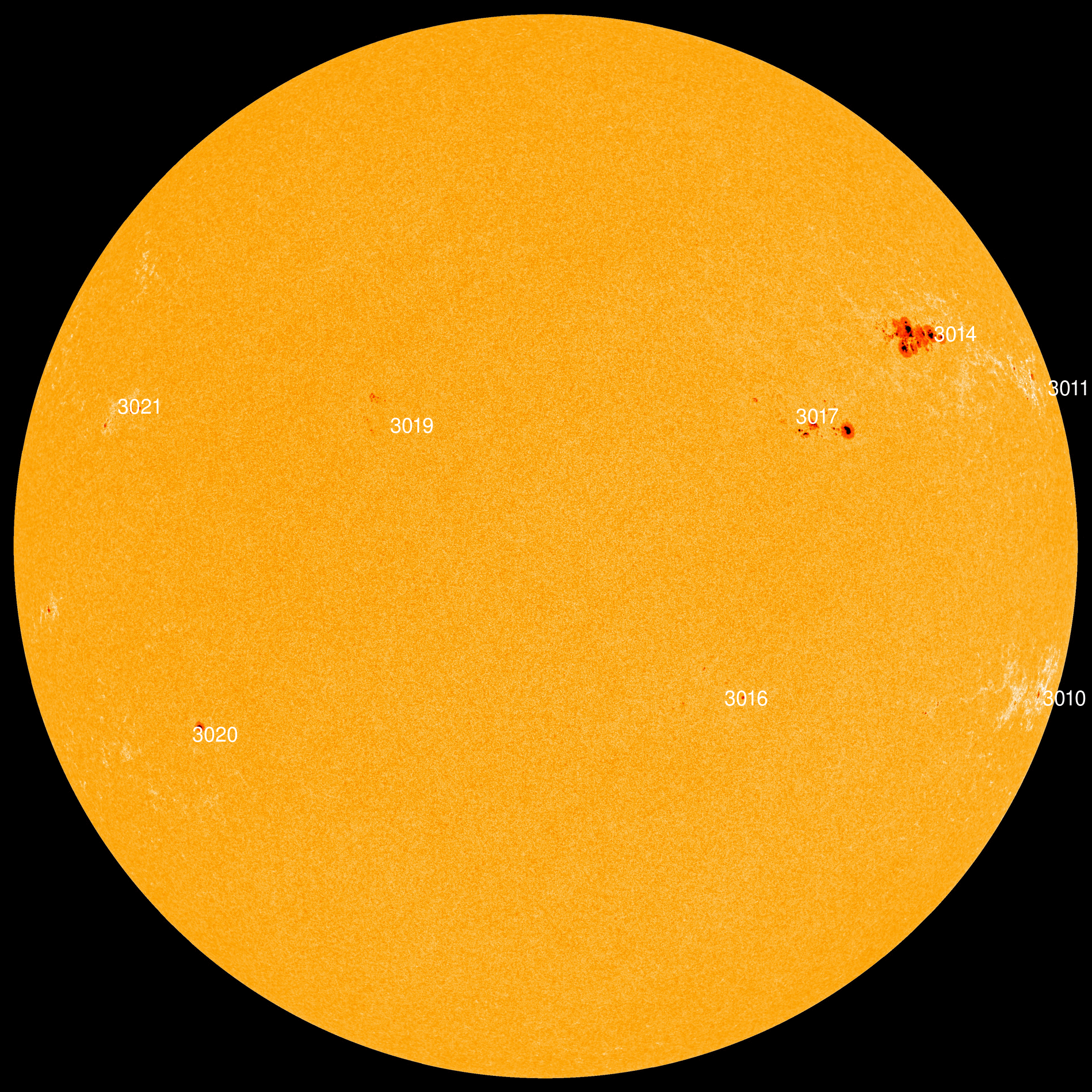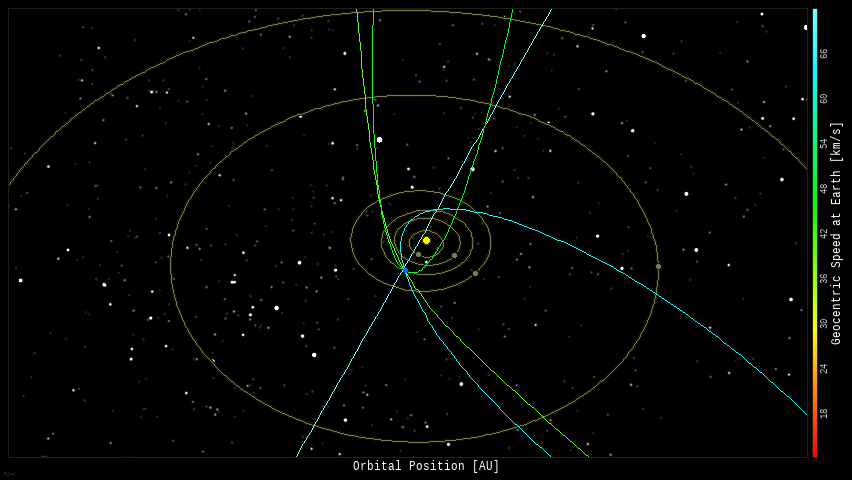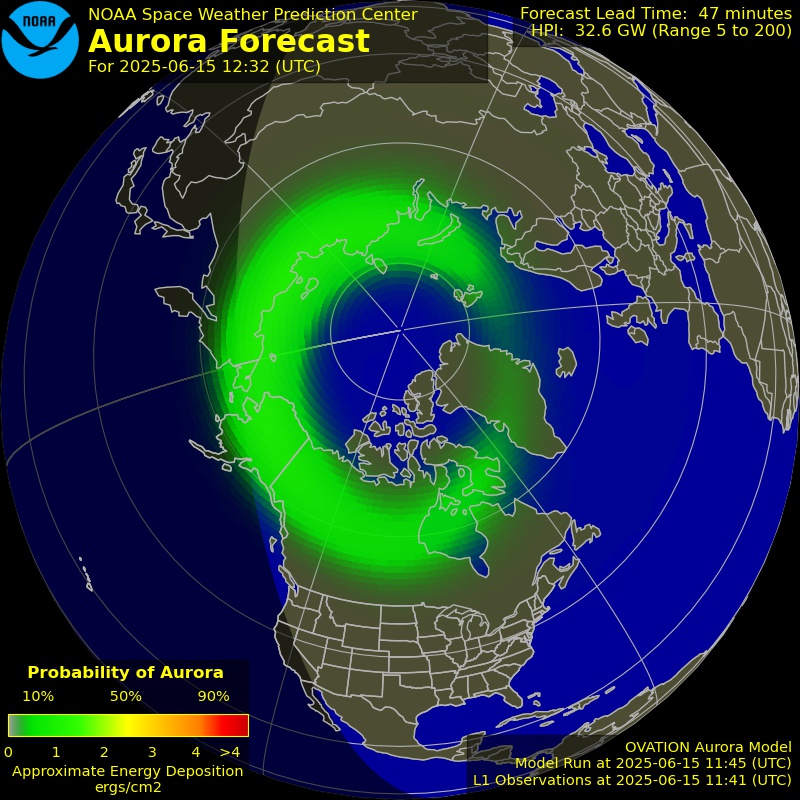She Said Sun!
When Teachers Blow Their Students Minds
My wife took two of her classes outside to “Walk the Solar System” today during school. EVERY time, when the student holding the 3×5″ card with Jupiter on it starts walking outward from Mars’ orbit, the rest of the class says “Hey! Shouldn’t he be stopping?” With the Sun represented by a basketball, the walk was almost a mile long, and had to wrp around her school. Students seldom fail to be impressed by this activity…. And she got them out for a walk!
My wife was telling this story after getting home from work, and my mother in-law remembered doing this activity with her in Girl Scouts decades ago! I hope I’m there to see my granddaughter’s mind blown when she’s old enough to understand this stuff.
This activity is similar to what my wife did: [LINK]

Venus, Jupiter, Mars and Saturn continue to appear in the east-southeastern predawn sky all week. The Moon appears near Mars on the morning of May 24th.

On May 25th, the Moon appears near Jupiter.

On May 26th and 27th, the Moon will appear close to Venus.


All the while, Jupiter and Mars are creeping closer together, until on May 28-30, the two planets appear less than a degree apart!






The stars Procyon and Capella appear almost on the west and northwest cardinal points after sunset all week.


- The Moon is a Waning Crescent – visible low to the east before sunrise.
- The New Moon occurs on May 30th – the part of the Moon facing Earth is completely in shadow.

If you click on the Moon image above, or click this link, you will go to NASA’s Moon Phase and Libration, 2022 page – it will show you what the Moon looks like right now. If you click the image on that page, you will download a high-rez TIFF image annotated with the names of prominent features – helpful for logging your lunar observations!
Moon News

Eight named sunspots on the Sun’s face AGAIN, and one is a MONSTER!
Spaceweather.com says “Sunspot AR3017 may have replaced behemoth AR3014 as the most likely source of flares. It has a ‘beta-gamma’ magnetic field that poses a threat for M-class explosions.”

Videos courtesy of NASA/SDO and the AIA, EVE, and HMI science teams.
You can view the Sun in near real-time, in multiple frequencies here: SDO-The Sun Now.
You can create your own time-lapse movies of the Sun here: AIA/HMI Browse Data.
You can browse all the SDO images of the Sun from 2010 to the present here: Browse SDO archive.
Amateur Solar Astrophotography
Solar Corona
Solar wind speed is 417.3 km/sec ▼ with a density of 1.18 protons/cm3 ▼ at 0516 UT.
Click here to see a near real-time animation of the corona and solar wind from the Solar & Heliospheric Observatory (SOHO).
Sun News:

- Near-Earth Objects (NEOs) discovered this month: 100, this year: 1124 (+43), all time: 29,086 (+37)
- Potentially Hazardous Asteroids (PHAs): 2262 (-3, updated 2022-05-24)
- Total Minor Planets discovered (MPC): 1,193,629 (-3 updated 2022-05-24)
Upcoming Earth-asteroid encounters:
| Asteroid | Date(UT) | Miss Distance | Velocity (km/s) | Diameter (m) |
| 2013 KS1 | 2022-May-24 | 2.6 LD | 9.3 | 16 |
| 2022 KJ | 2022-May-24 | 9.6 LD | 14.2 | 22 |
| 2022 KK | 2022-May-25 | 1.4 LD | 14.2 | 14 |
| 7335 | 2022-May-27 | 10.5 LD | 13.1 | 1078 |
| 2022 JU1 | 2022-May-27 | 15.1 LD | 6.1 | 37 |
| 2022 KA | 2022-May-28 | 14.8 LD | 8.6 | 32 |
| 2022 JY | 2022-May-28 | 15.1 LD | 10.9 | 67 |
| 2022 KT | 2022-May-28 | 9.5 LD | 6.7 | 13 |
| 2021 KO2 | 2022-May-30 | 3.1 LD | 14.8 | 9 |
| 2022 HT2 | 2022-May-30 | 11.9 LD | 15.7 | 224 |
| 2020 DA4 | 2022-Jun-01 | 5.5 LD | 8.9 | 26 |
| 2021 GT2 | 2022-Jun-06 | 9.5 LD | 7.5 | 50 |
| 2018 LU2 | 2022-Jun-09 | 14.8 LD | 10.7 | 16 |
| 2006 XW4 | 2022-Jun-12 | 5.9 LD | 7.3 | 49 |
| 2022 GU6 | 2022-Jun-12 | 3.2 LD | 8.4 | 88 |
| 2015 WP2 | 2022-Jun-26 | 18.5 LD | 11.4 | 3 |
| 2022 JE1 | 2022-Jul-03 | 8.6 LD | 5.6 | 74 |
| 2021 EL4 | 2022-Jul-05 | 19.8 LD | 9.5 | 25 |
| 2015 OQ21 | 2022-Jul-12 | 18.3 LD | 6.6 | 9 |
| 2021 OT | 2022-Jul-17 | 16.5 LD | 11.2 | 20 |
| 349068 | 2022-Jul-19 | 17.6 LD | 22.9 | 756 |
Asteroid News:
Not yet, but soon…

On May 23, 2022, the NASA All Sky Fireball Network reported 6 fireballs!
(6 sporadics)

Fireball News:
If you see a bright meteor or a fireball, please REPORT IT to the American Meteor Society and the International Meteor Organization!

Position of the planets & several spacecraft in the inner solar system on May 24th:

Position of the planets in the middle solar system – May 2022:

Position of the planets in the outer solar system first half of 2022:

Solar System News

See a list of current NASA missions here: https://www.jpl.nasa.gov/missions?mission_status=current

ex·o·plan·et /ˈeksōˌplanət/, noun: a planet orbiting a star other than the Sun.
* Confirmed Planets Discovered by TESS refers to the number planets that have been published in the refereed astronomical literature.
* TESS Project Candidates refers to the total number of transit-like events that appear to be astrophysical in origin, including false positives as identified by the TESS Project.
* TESS Project Candidates Yet To Be Confirmed refers to the number of TESS Project Candidates that have not yet been dispositioned as a Confirmed Planet or False Positive.
Exoplanet News:


SpaceWeather.com Realtime Aurora Gallery: https://spaceweathergallery.com/aurora_gallery.html
Latest Aurora Oval Forecast

- Visit an International Dark Sky Park: https://www.darksky.org/our-work/conservation/idsp/parks/
- If you live in Michigan, visit the Michigan Dark Skies site: https://sites.lsa.umich.edu/darkskies/

Education and inspiration:
This video has interviews with a BOATLOAD of people that were inspired by Kerbal Space Program to go on to careers in aerospace and participate in active space missions.
I could do that for students.
Messier Tour: M17 – The Omega Nebula

Messier 17 (M17), also known as the Omega Nebula, is a famous star-forming nebula located in the southern constellation Sagittarius. The diffuse emission nebula lies near the constellation’s northern border with Scutum, at a distance of 5,000 to 6,000 light years from Earth.
Also known as the Swan Nebula, Lobster Nebula, Horseshoe Nebula and Checkmark Nebula, the Omega Nebula is one of the brightest star-forming nebulae of the Milky Way. Its designation in the New General Catalogue is NGC 6618. With a total mass of roughly 800 solar masses, M17 is also one of the most massive H II regions of our galaxy. The nebula occupies an area roughly 15 light years in diameter and is part of a larger cloud, which is about 40 light years in diameter. – messier-objects.com
Messier 17 is located in the Sagittarius Arm of the Milky Way, the next inward spiral arm to our own, and may be part of the same giant cloud complex as its close neighbour, Messier 16 (the Eagle Nebula), located in the constellation Serpens.
The Omega Nebula is just on the limit of naked eye detection in good conditions, with clear, dark skies and no light pollution. It is best observed in low-powered telescopes and binoculars. – messier-objects.com

Messier 17 contains an open cluster of 35 hot, young stars which are responsible for the nebula’s glow. The cluster is only 1 million years old, which makes it one of the youngest known clusters in our galaxy.
The Omega Nebula is home to up to 800 stars, including nine stars of spectral type O and about 100 of spectral type earlier than B9. Additionally, there are more than a thousand stars in the process of forming in the nebula’s outer regions. – messier-objects.com
Here’s my obligatory “What would a planet look like if it were near that Messier object” pic:

Cover Image: Messier 17. Credit: ESO/INAF-VST/OmegaCAM. Acknowledgement: OmegaCen/Astro-WISE/Kapteyn Institute
Messier Object List: [Link]
Software Apps used for this post:
NASA Eyes on the Solar System: an immersive 3D solar system and space mission simulator – free for the PC /MAC.
Stellarium: a free web-based planetarium app. It’s a great tool for planning observing sessions. Latest update released on April 16, 2022.
SpaceEngine – Explore the universe in 3D and VR! Latest update released on May 16, 2022.
Worldwide Telescope – operated by the American Astronomical Society (AAS). Latest update released on February 15, 2022.





